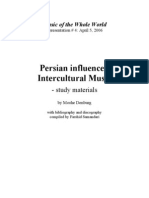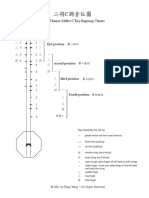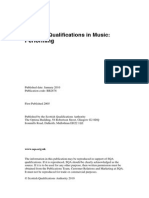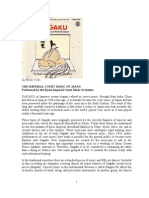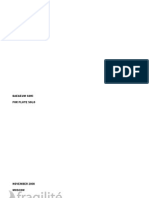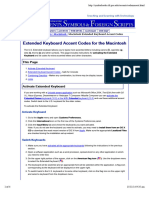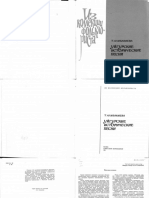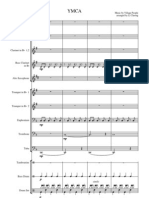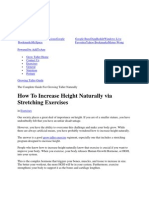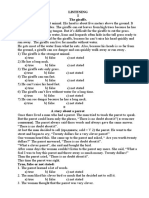0% found this document useful (0 votes)
833 views4 pagesSheng Instruction
The document discusses the sheng, a Chinese musical instrument. It provides details on the traditional 21-reed and 36-reed versions of the sheng, including fingering charts and the ranges of each. It also outlines three different fingering styles - traditional, modern, and Hu Tianquan - that are used to play chords on the sheng.
Uploaded by
LCCopyright
© © All Rights Reserved
We take content rights seriously. If you suspect this is your content, claim it here.
Available Formats
Download as PDF, TXT or read online on Scribd
0% found this document useful (0 votes)
833 views4 pagesSheng Instruction
The document discusses the sheng, a Chinese musical instrument. It provides details on the traditional 21-reed and 36-reed versions of the sheng, including fingering charts and the ranges of each. It also outlines three different fingering styles - traditional, modern, and Hu Tianquan - that are used to play chords on the sheng.
Uploaded by
LCCopyright
© © All Rights Reserved
We take content rights seriously. If you suspect this is your content, claim it here.
Available Formats
Download as PDF, TXT or read online on Scribd
/ 4















